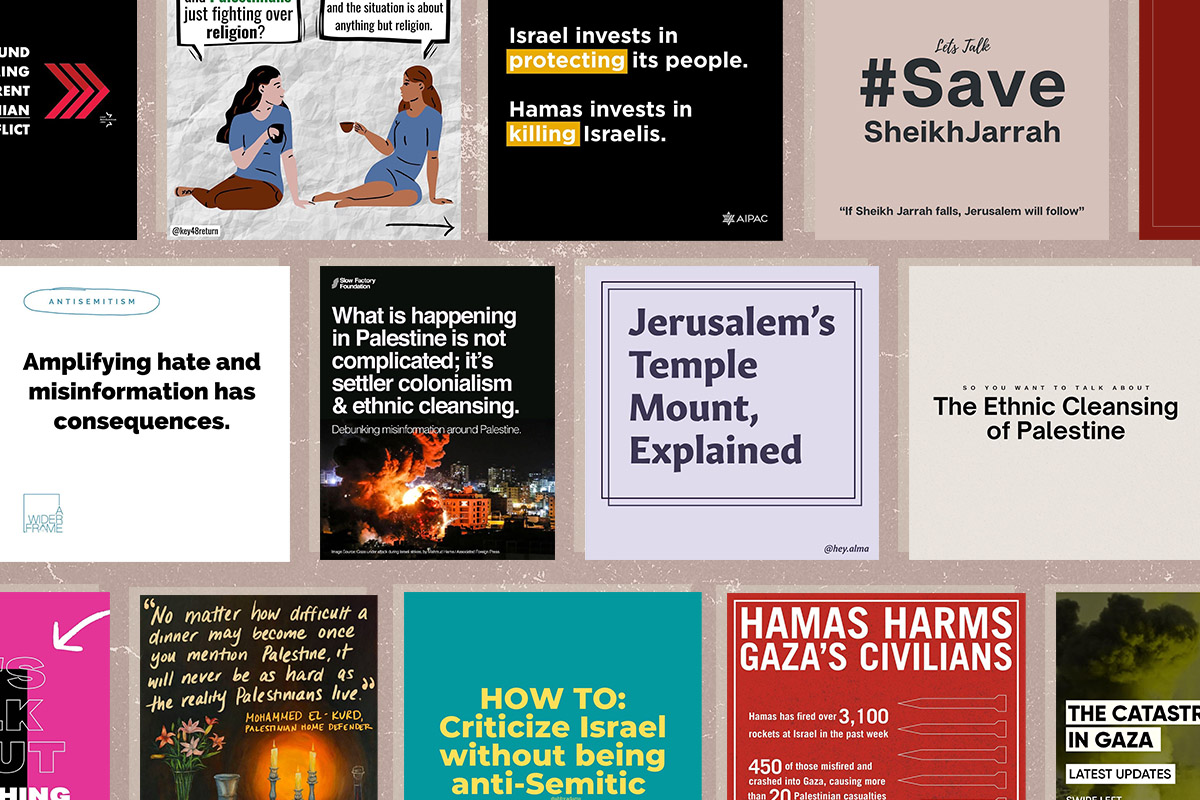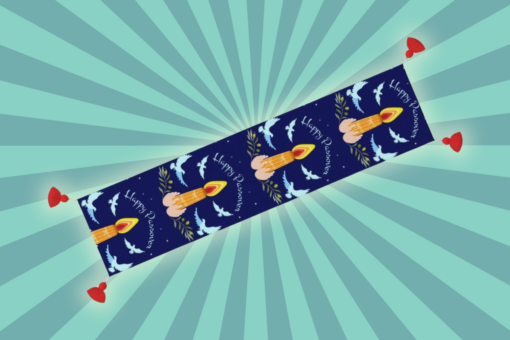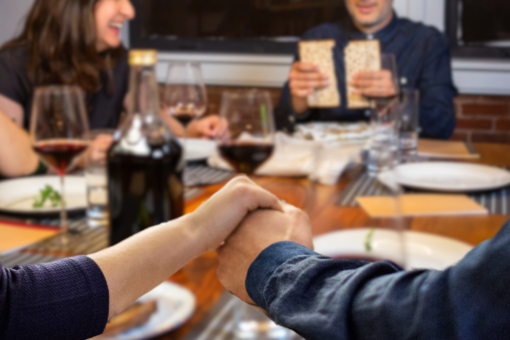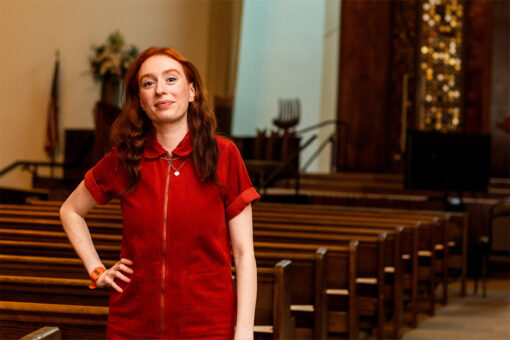Hi, nice to meet you, my name is Emily, I’ve run Alma’s Instagram account since January 2018, and I have never seen anything like what’s happening on the social media platform in the past two weeks. Maybe you feel it, too. Maybe we should talk about it? I’m going to try my best.
If you have logged onto Instagram recently, you may have (okay, most definitely have) noticed that your friends’ stories are suddenly full of infographics about the Israeli-Palestinian conflict. These infographics are coming from every possible direction and perspective, many with competing information — and it can be absolutely dizzying to take in.
Now, I’m not saying there’s anything wrong with sharing these kinds of posts. Along with the Alma team, I literally make them for Alma’s account, @hey.alma. They are a great place to start in learning about what’s happening in the region.
But they should be just that: a start.
I knew Instagram had changed permanently in the wake of the May 2020 murder of George Floyd, when my feed was no longer home to selfies and breakfast pics but filled with information about systemic racism, places to give mutual aid, and a constant sharing of resources. Since then, a certain kind of nicely designed infographic slideshow has become ubiquitous on the platform. As Terry Nguyen wrote in Vox about these social justice slideshows last August, “In 1971, to the backdrop of a funky jazz rhythm, musician and poet Gil Scott-Heron declared that ‘the revolution will not be televised.’ In 2020, however, it’s possible that the threads of revolution would be found on Instagram — its message distributed through wide chunky typefaces and bold gradient graphics that preface a mini informative slideshow.”
I’ve seen firsthand the power that these social justice slideshows have in conveying critical information and raising awareness. I have learned so much from my Instagram feed in the past year. I’m grateful that it’s no longer just dog photos and celebrities, but a real source of understanding what’s happening in the wider world. But I also see the failures here: There’s only so much that can be expressed in a small square. So while infographics have real value in bringing attention to an issue, they should never be the only way to fully understand a subject. And when it comes to one of the most fraught and complex conflicts in the world, which has been unfolding over the course of thousands of years, an infographic alone is just not going to cut it.
Yet, it seems that for so many people, social media has become a one-and-done source for all things political. And along with the plethora of infographics being created about the conflict, there’s an expectation to share them, too. So many people are feeling pressure to post something, but if they don’t have any background information beyond what they’re seeing on Instagram, this can quickly lead to sharing misinformation or unintentionally spreading Islamophobic or antisemitic sentiments.
Suddenly, people who had never previously given much thought to Israel or Palestine or Jews or Muslims feel the pressure to post something, to share an infographic into their story, as if to plant a flag and say, this is where I stand. And even for Jews who have given these issues some thought, it can still feel overwhelming. If the saying is “two Jews, three opinions,” then when it comes to Israel, I’d make an edit: two Jews, three bajillion opinions. When your rabbi is saying something different from your BFF, who’s saying something different from your old college professor, who’s saying something different from your favorite new activist account, it can be hard to know who to believe, who to trust, and what to share. I’d wager there are so many Jewish people (myself included!) who have not even waded into posting a single thing — perhaps for fear of saying the wrong thing, of not knowing enough, of being labelled a “bad” Jew, of ten thousand different things.
Instagram, for better or worse, has become one of our main sources of news. Because it’s an image-driven platform, it’s also always been a place where aesthetics rule, which can become complicated in a social justice context. The ability to design beautiful slides and the expertise to provide reliable, fact-checked information don’t always go hand in hand. An infographic isn’t necessarily accurate just because it’s pretty.
Understanding what’s happening on Instagram is key to understanding how an entire generation — Gen Z/millennials/zillennials/whatever I am — is engaging with current events. It’s at our fingertips, and it’s full of competing agendas, and yes, it’s okay to say that it’s complicated. History has never been able to fit on ten square slides. We have to be able to acknowledge that.
Infographics can be a valuable entrance into an issue. They’re onramps and awareness builders. But if this is the first time you’re really seeing/thinking/talking about something, it’s best to not rely on them alone. Use them as a jumping-off point to read more. Double check who their sources are, and if you trust those sources. Follow accounts that share different perspectives. Read whole books on the issues. And don’t get your news from just one source.
It’s honorable to speak up, to call out human rights abuses and express pain and solidarity, but before you share, educate yourself. Make sure you feel good about what you’re amplifying, and that you’re not just posting because of the pressure to post. Above all, keep learning. As someone who makes infographics, I know exactly how much they can and can’t capture. I’m asking you to make them the start of your education — not the end.



